
The Head of State laid a wreath in front of the so-called Death Wall, where thousands of people were shot.Continue reading
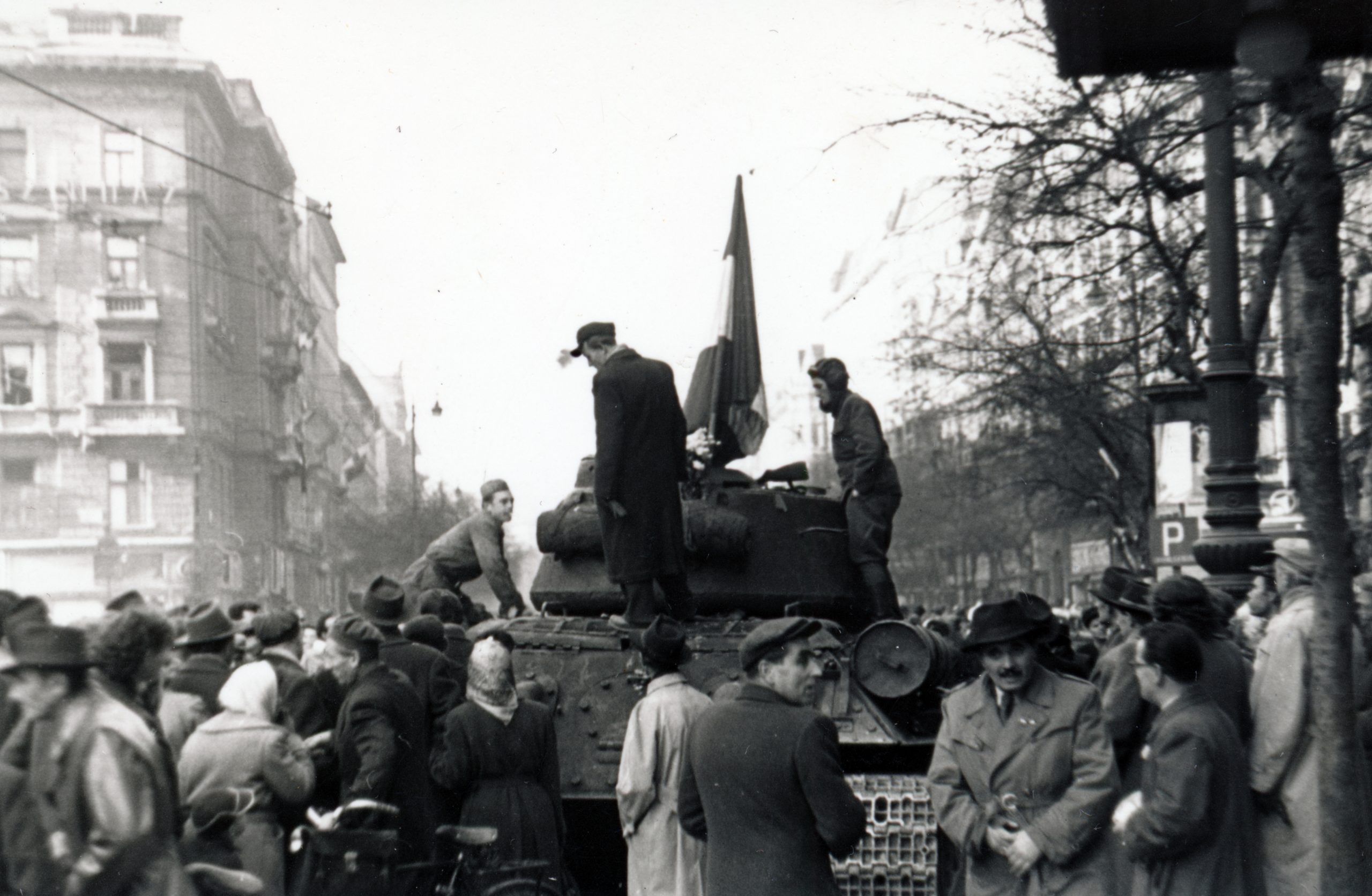
Since 1956, Hungarians have been the people of freedom, a nation that is still vigilant against any foreign interference that infringes on its national sovereignty, stressed Defense Minister Kristóf Szalay-Bobrovniczky at a ceremony of the Ministry and the Hungarian Defense Forces on the occasion of the Hungarian Revolution of 1956.
The politician said that the heroes of 1956, fought for national sovereignty, but the brief encounter of the Hungarian people with freedom under the dictatorship of foreign powers changed world history and set a new direction for the destiny of the Hungarian nation.
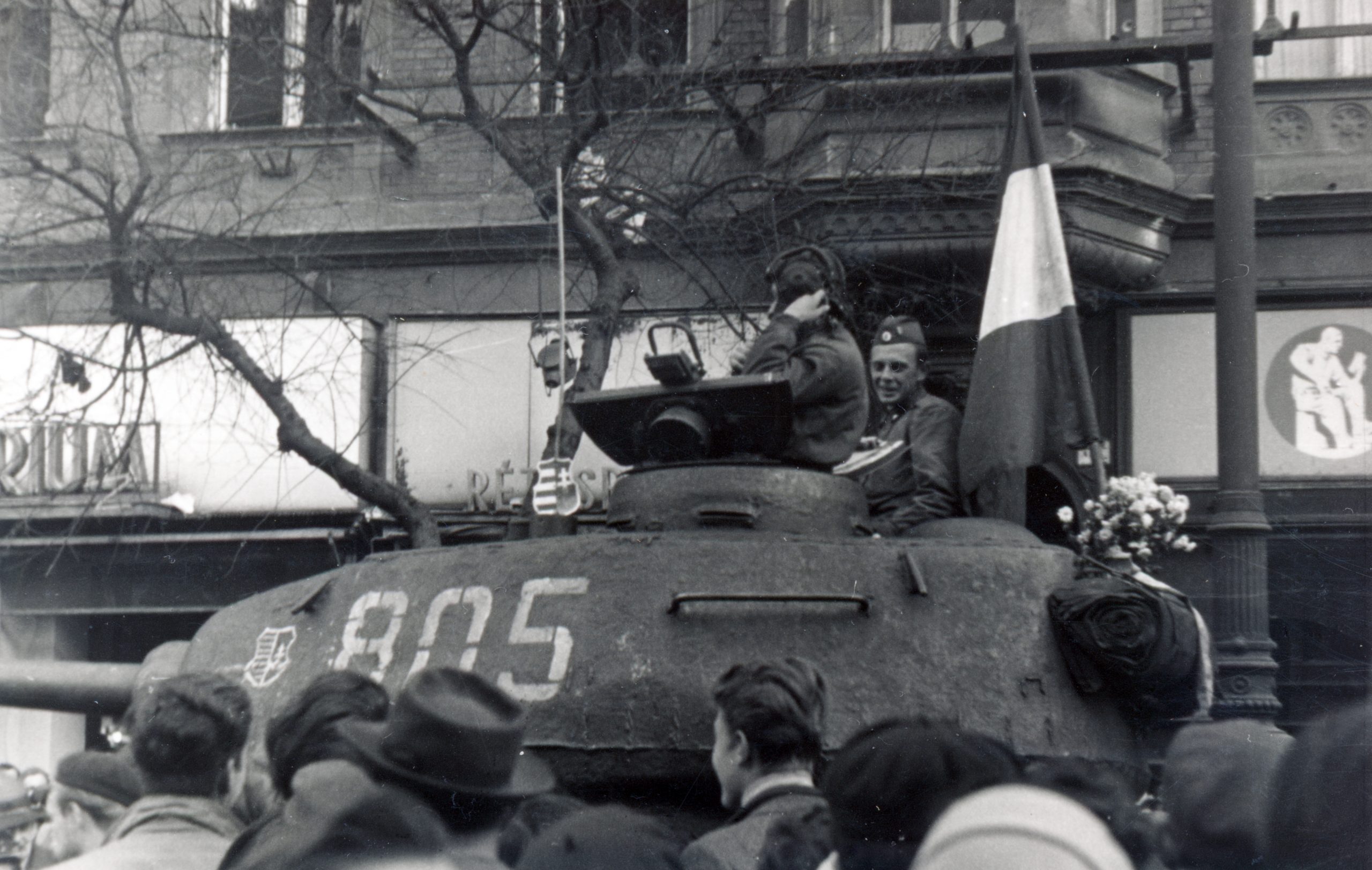
People on the streets during the revolution in 1956. Photo: Fortepan / Virány László
Kristóf Szalay-Bobrovniczky noted that vigilance is still needed today, “because there are plenty of people who, if it were up to them, would give up national sovereignty and would surrender Hungary to foreign interests in exchange for their own power.”
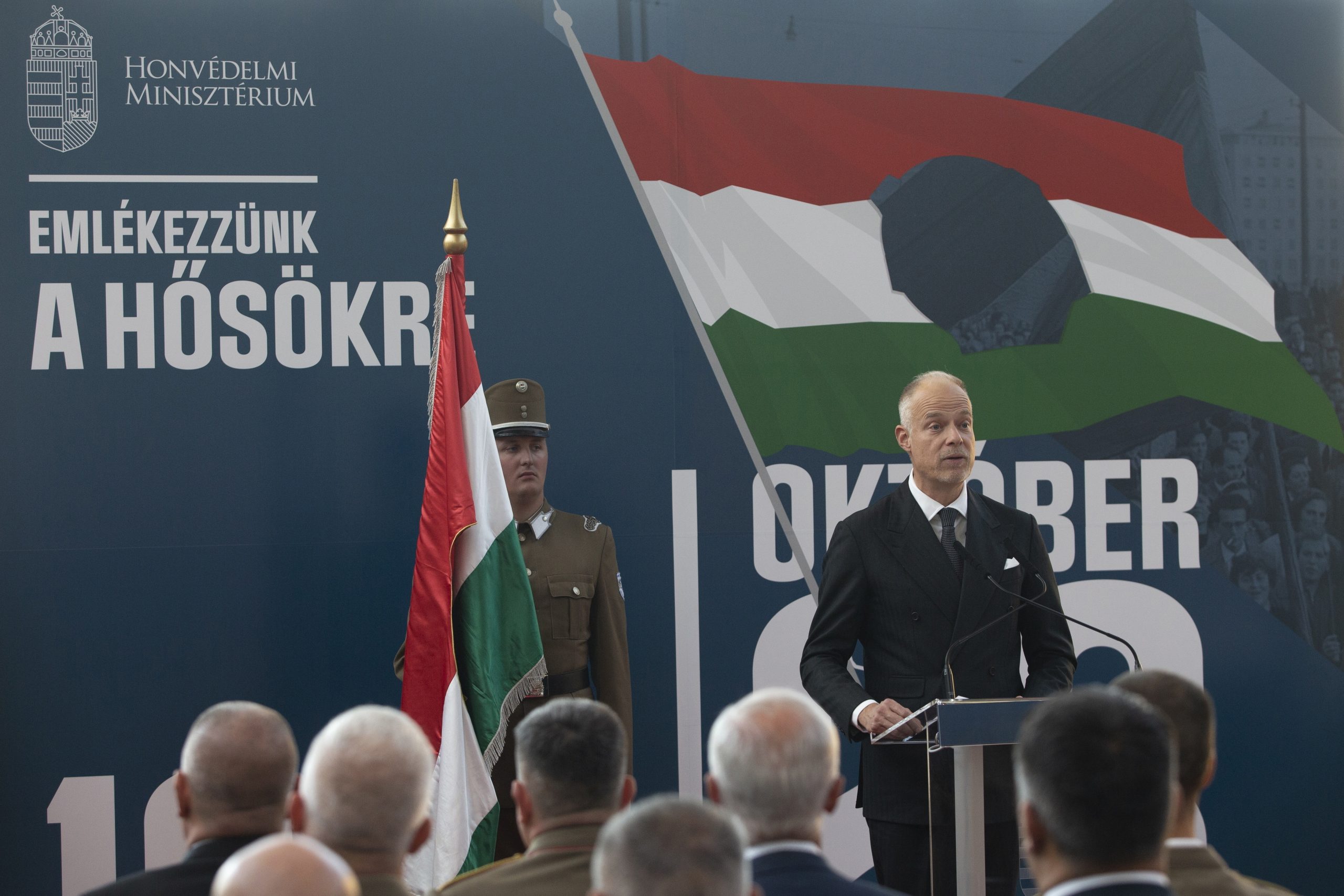
Minister Kristóf Szalay-Bobrovniczky. Photo: MTI/Kocsis Zoltán
The Minister added that the almost seven decades that have passed since 1956, have fundamentally changed Hungary, and that the country is free to control its own destiny,
but the heroes of 1956 paid a heavy price for this freedom.”

Photo: Fortepan / Kieselbach Tamás
Hungary is living in a time of peace, the politician underlined, but this peace seems very fragile and vulnerable, as the neighboring war is spreading and European countries could easily fall into it. He added that the question for the coming years is whether there will be enough strength for peace. A country whose national sovereignty has been put to sleep can easily become a puppet of foreign powers, he warned.
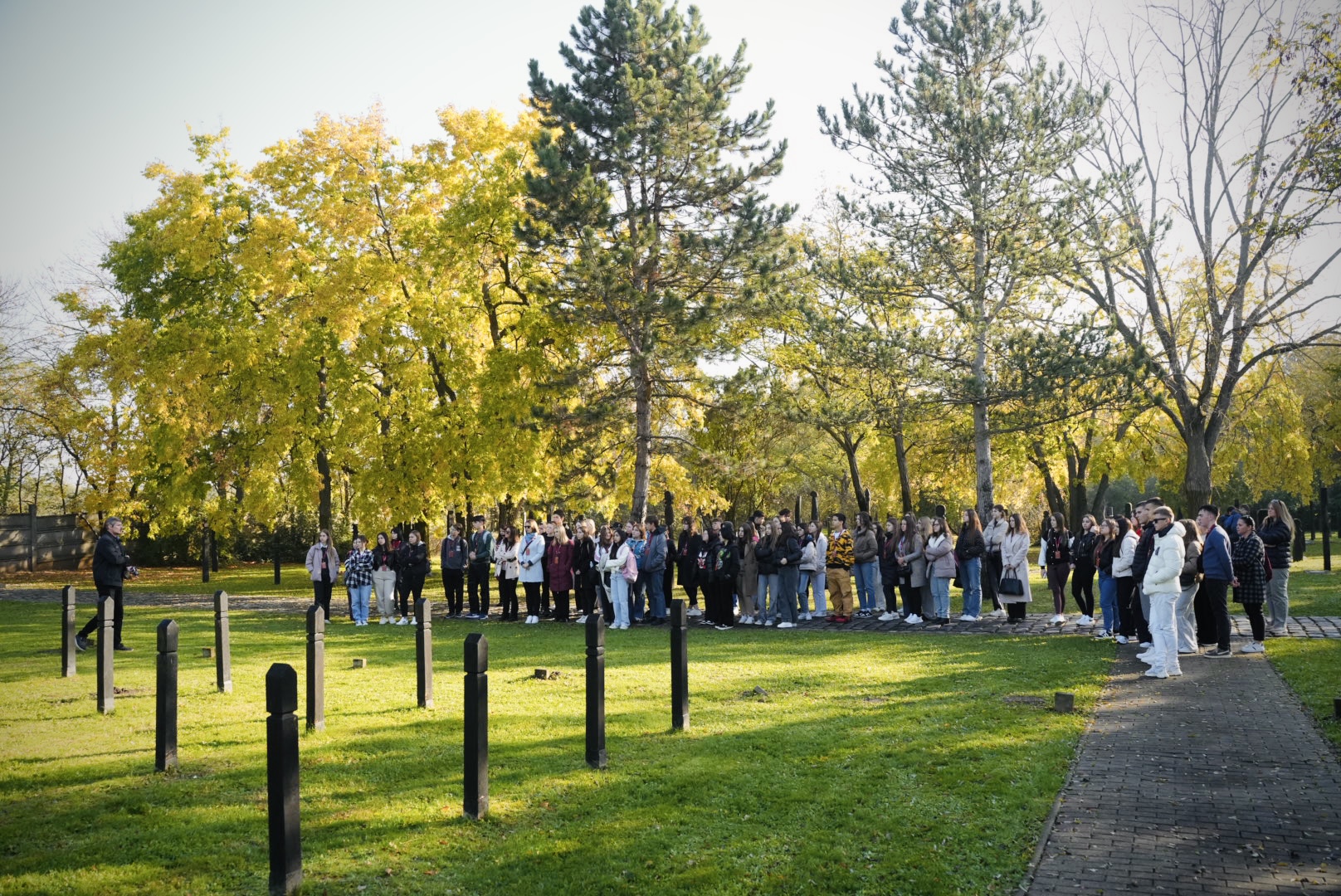
The Rákóczi Association is organizing the Gloria Victis 1956 commemoration, with 3,000 young people coming to Budapest. Photo: Facebook/Rákóczi Szövetség
Szalay-Bobrovniczky also noted that the Hungarian Defense Forces had been renewed in its outlook and culture, and now consisted of soldiers who overcame challenges and were proud of their traditions. “Defense is once again becoming a matter of interest for the whole nation,” he highlighted.
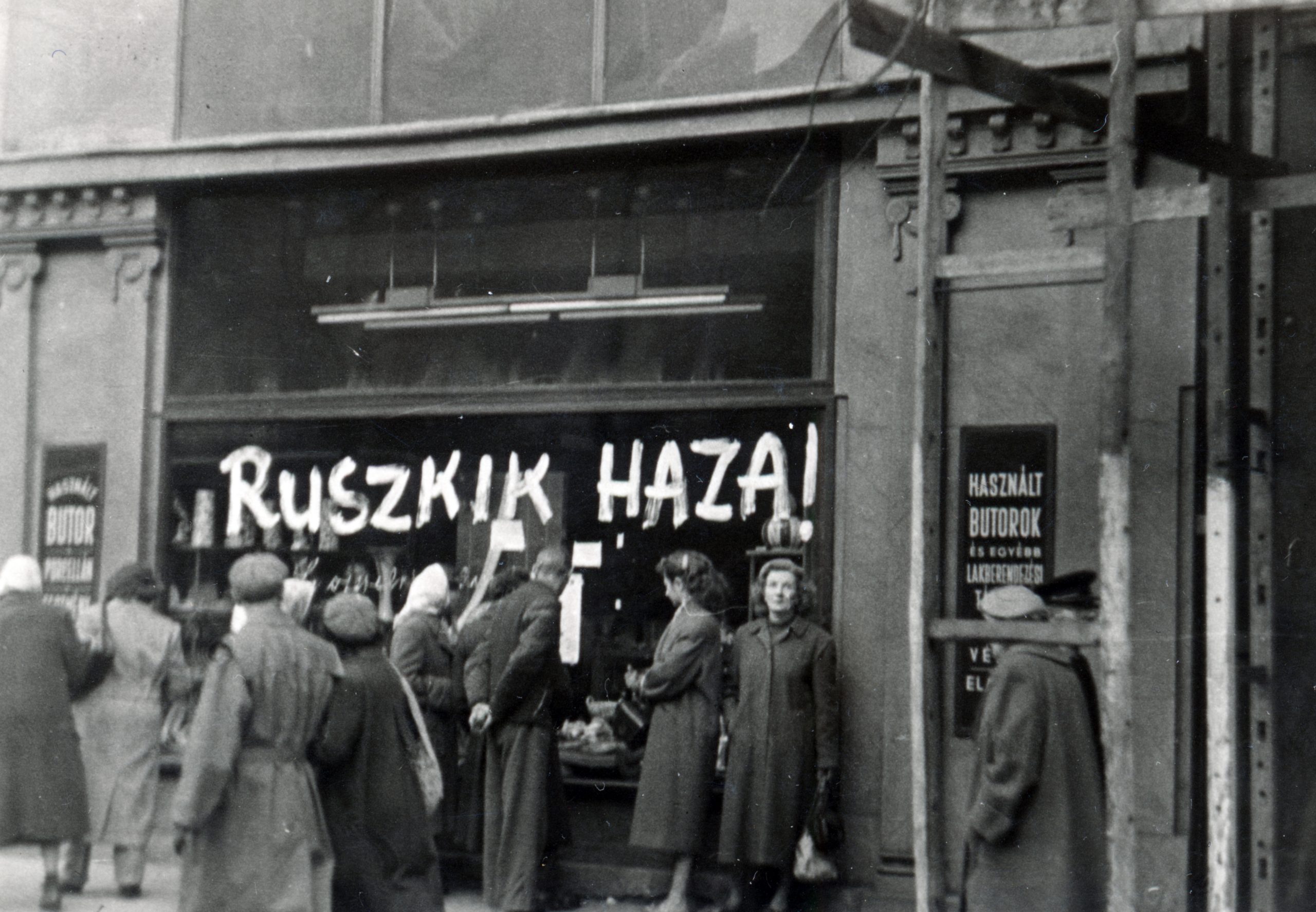
Picture of a store in Budapest during a revolution. Photo: Fortepan / Virány László
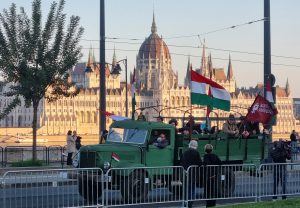
A procession lead by a historical vehicle passes along the river Danube. Photo: Hungary Today
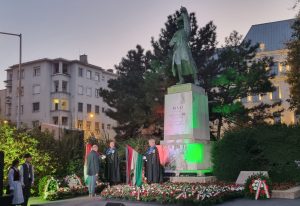
Wreath Laying at the statue of Polish General Jozef Bem in Budapest organized by the Rákóczi Alliance. Photo: Hungary Today
The Rákóczi Alliance has organized its annual wreath laying ceremony at the statue of General Jozef Bem, one of the leaders of the 1848-49 Hungarian revolution. The keynote speaker, Hungarian Parliament Speaker László Kövér, focused his message on the legacy of the freedom fighters of 1956. Yet one of the main parts of his speech addressed recent developments in Hungarian-Polish relations, namely the belligerent closure of the Waczlaw Felczak Polish-Hungarian institute in Warsaw, ordered by the current Polish government. He quoted General Bem, who said in 1849 that one who fights against the truth, cannot be considered a true Pole.

László Kövér, the Speaker of the Parliament, delivers his speech on the eve of the 1956 commemorations. Photo: MTI/Kocsis Zoltán
On the national holiday, Prime Minister Viktor Orbán will give a speech at 11 a.m. to commemorate the 1956 Hungarian Revolution on the open-air stage of Millenáris (in the 2nd district of the capital). The special guests of the event will be those who participated in the defense against the Danube flooding in September, and their families, but all those who wish to celebrate are welcome to the national commemoration, and registration is not required.
The program starts at 10.30 a.m., with a family day following the Prime Minister’s speech.
In addition, a flag-raising ceremony will take place on Kossuth Square at 9 a.m. Afterwards, between 10 a.m. and 6 p.m., the Hungarian Parliament building will be open to the public.
The building of the Ministry of Foreign Affairs and Building K of the Budapest University of Technology and Economics will be decorated with light painting between 4 p.m. and 11 p.m.
Furthermore, the iconic House of Terror Museum will be open to the public free of charge between 10 a.m. and 6 p.m., and there will be a candle-lighting ceremony at the Wall of Heroes throughout the day.
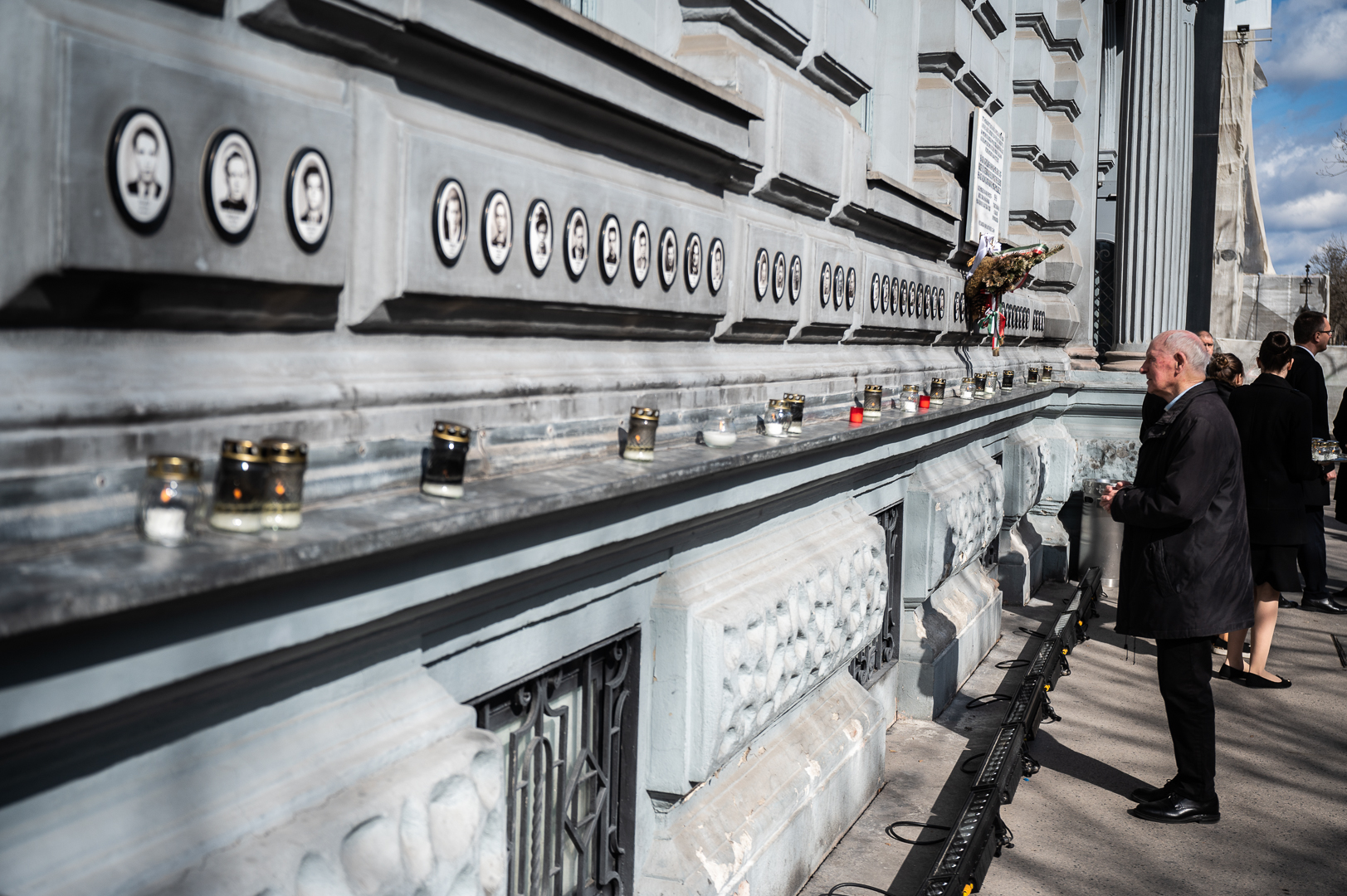
The Wall of Heroes at the House of Terror Museum. Photo: Facebook/Terror Háza Múzeum / House of Terror Museum
Via MTI, Magyar Nemzet; Featured image via Fortepan / Virány László